BALTWRECK
Preventing massive marine waters chemical pollution from the leaking wrecks and munition/ weapon dumps in the South Baltic
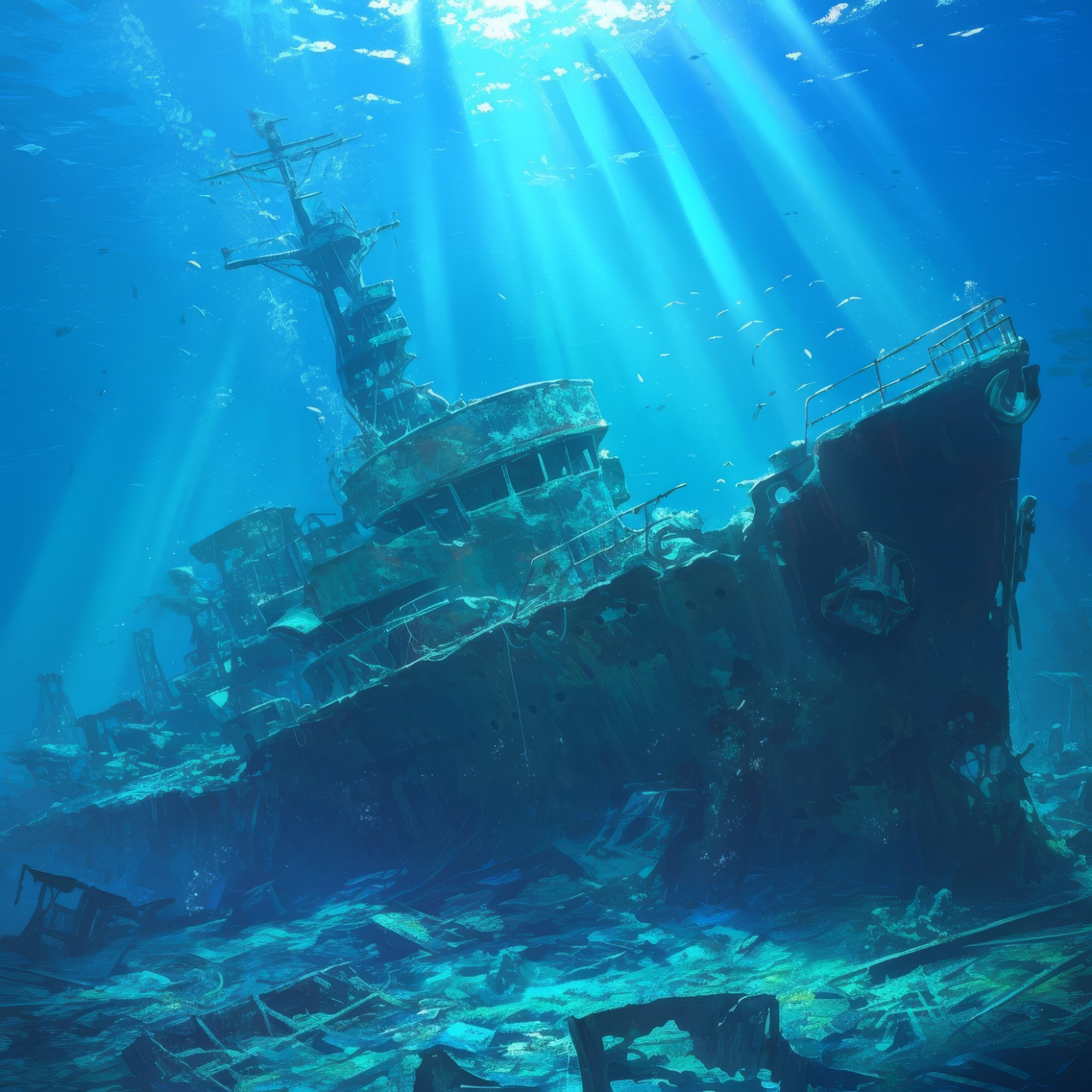
The Project BALTWRECK
Preventing massive marine water chemical pollution from leaking wrecks and munitions/weapons dumps in the South Baltic
The maritime sector faces numerous challenges, particularly in managing historical shipwrecks and the associated environmental hazards. It is estimated that over 20,000 wrecks lie on the bottom of the Baltic Sea. These wrecks pose significant ecological and economic risks due to the fuel and their cargo that is often still onboard. Particularly, the munitions carried by some wrecks are increasingly corroding and releasing explosives into the surrounding seawater. These compounds and their degradation products are progressively causing environmental damage. However, the presence of munitions is not limited to wrecks. In the North and Baltic Seas, massive amounts of munitions were dumped after the world wars, resulting in substantial accumulations on the seabed. The specific challenges in protecting humans and the environment lie in locating, identifying, assessing, and, if necessary, recovering this ammunition.
Initial steps have already been taken in previous projects, such as the North Sea Wrecks Project. In BALTWRECK, these efforts will be continued, with a focus on adapting to regional conditions and integrating new data sources.
BALTWRECK will run from July 2024 to June 2027 and aims to develop and implement solutions for assessing and managing shipwrecks and dumped munitions in the southern Baltic Sea. Additionally, the project focuses on building international capacity for assessing risk potential and evaluating remediation tools, with the goal of deriving actionable recommendations for policymakers.
The BALTWRECK project builds on existing management tools and a web-based solution, which will be further developed based on project specific needs. This platform will collect specific data for the Baltic Sea to enable detailed, case-specific risk assessments. Technologies employed will include geophysical surveys, chemical analyses, and biotechnological methods for environmental monitoring. The inclusion of a broad spectrum of data aims to enable a comprehensive assessment of individual wrecks and munitions sites and simplify the development of tailored remediation options.
Five central maritime use cases will be considered over the course of the project, from 1 January 2022 to 31 December 2024: Internet of Underwater Things (IoUT), Offshore Wind Energy, Munitions in the Sea, Biological Climate Protection, and Critical Infrastructure:
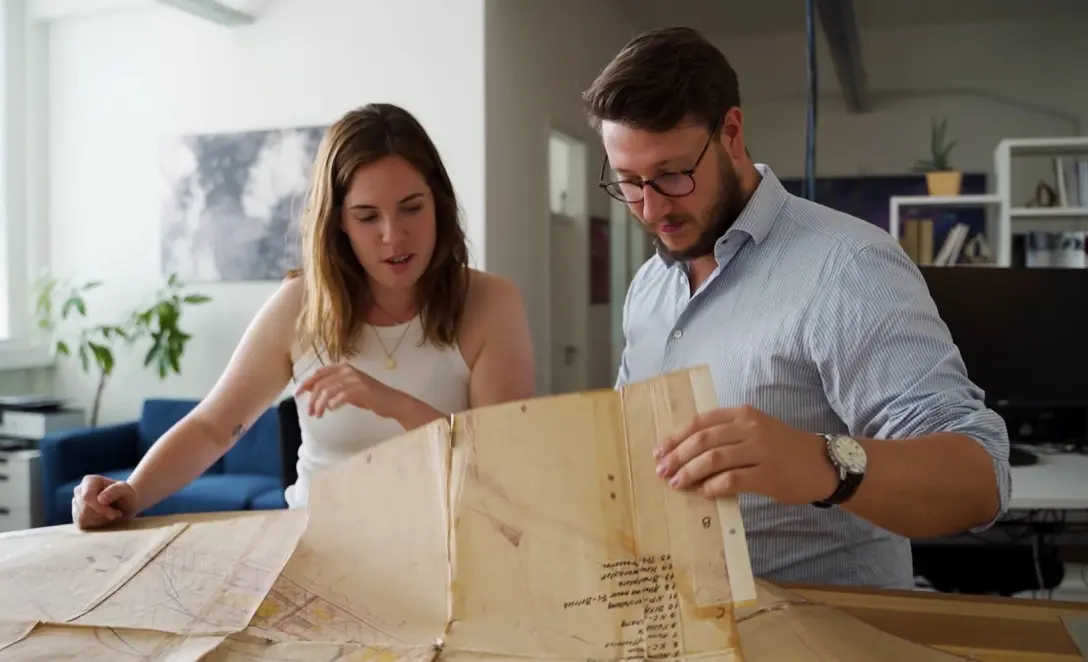
Project Specs
-
Timeframe: July 1, 2024 – June 30, 2027
-
Funding: €3.8 million
-
Goal: To reduce or prevent pollution of the Baltic Sea caused by hazardous chemicals from munitions and shipwrecks.
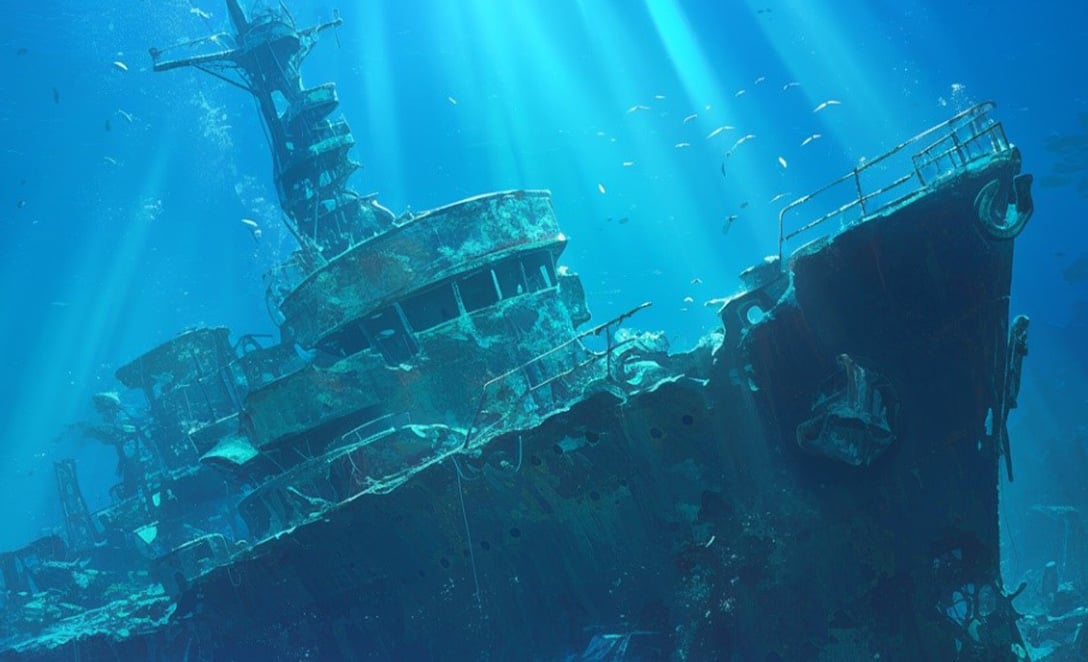
Project Summary
The BALTWRECK project aims to reduce pollution in the southern Baltic Sea caused by hazardous chemicals from munitions and shipwrecks. The focus is on developing, testing, and implementing methods for managing wrecks, including efficient diagnostic methods, in-situ remediation technologies, and testing at pilot sites. Additionally, recommendations for policymakers and local administrations will be formulated, accompanied by workshops, conferences, and public awareness campaigns to raise awareness of this issue and promote international collaboration.

Funding
Interreg South Baltic – co-financed by the European Union
Our Contribution
The BALTWRECK project is carried out by a consortium of leading scientific institutions, environmental agencies, and specialized companies from the Baltic Sea's neighboring countries: Poland, Germany, Sweden, and Lithuania. The consortium is led by the Institute of Fluid-Flow Machinery (IMP PAN) and the Institute of Oceanology of the Polish Academy of Sciences (IO PAN). Other contributors include the German Environment Agency (UBA), the GEOMAR Helmholtz Centre for Ocean Research Kiel, and the Leibniz Institute for Baltic Sea Research Warnemünde (IOW).
north.io is responsible for managing the collected data and improving the web-based decision support system and its tools for risk assessment and prioritization of sites. This includes adapting the risk assessment tool developed in the North Sea Wrecks Project. To achieve this, north.io will refine the risk assessment approach with colleagues from the University of Technology in Gothenburg Chalmers and adapt it to the specific conditions of the Baltic Sea. To encourage platform adoption and use by various stakeholders, north.io will also conduct workshops and training sessions in collaboration with other project partners, thereby promoting the dissemination and continued use of project results beyond its completion.
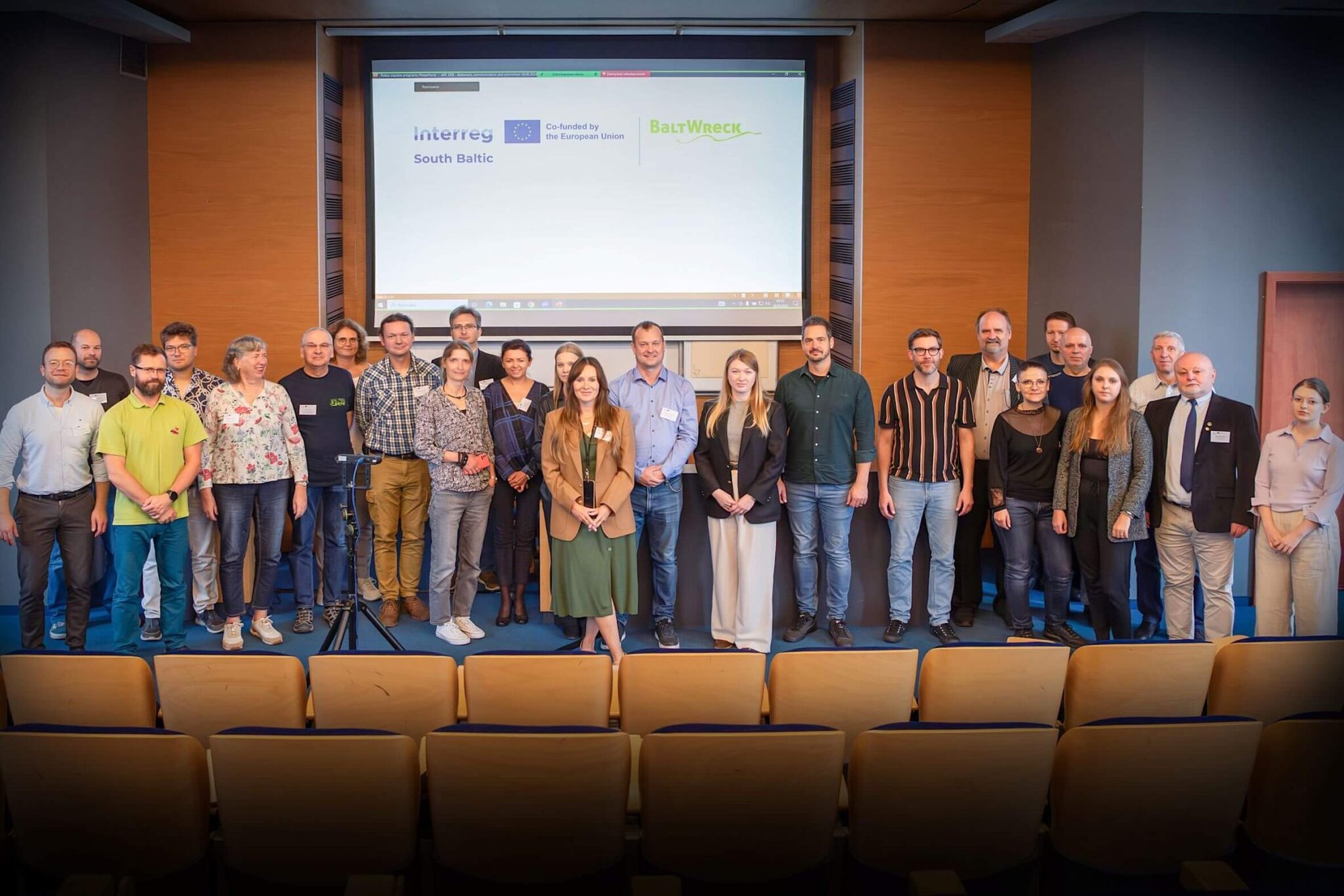
Project Partners
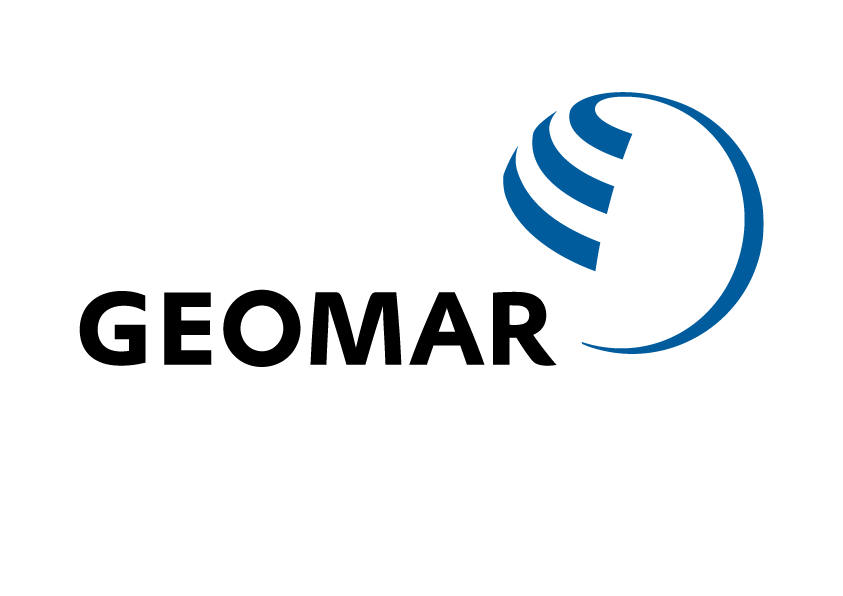

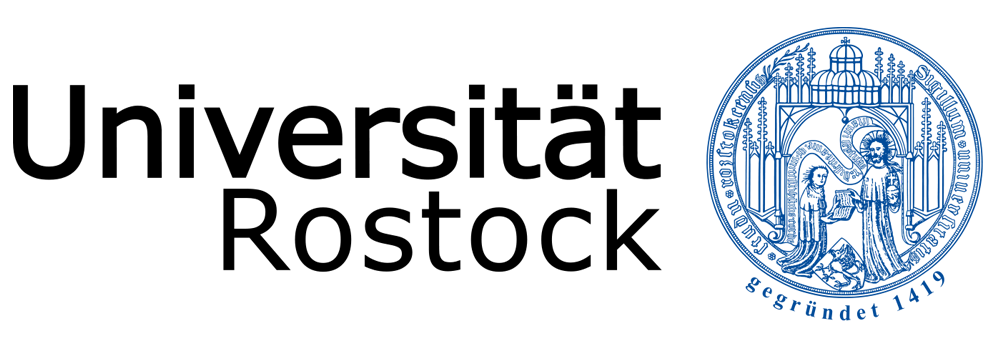

Projektpartner
Institute of Oceanology of Polish Academy of Science Association of Polish Communes Euroregion Baltic
Klaipeda University Leibniz Institute for Baltic Sea Research Warnemünde
JT Ship Service Tomasz Jatkowski north.io GmbH
University of Gdańsk Institute of Toxicology, University Medical School Schleswig-Holstein
GEOMAR - Helmholtz Centre for Ocean Research Kiel